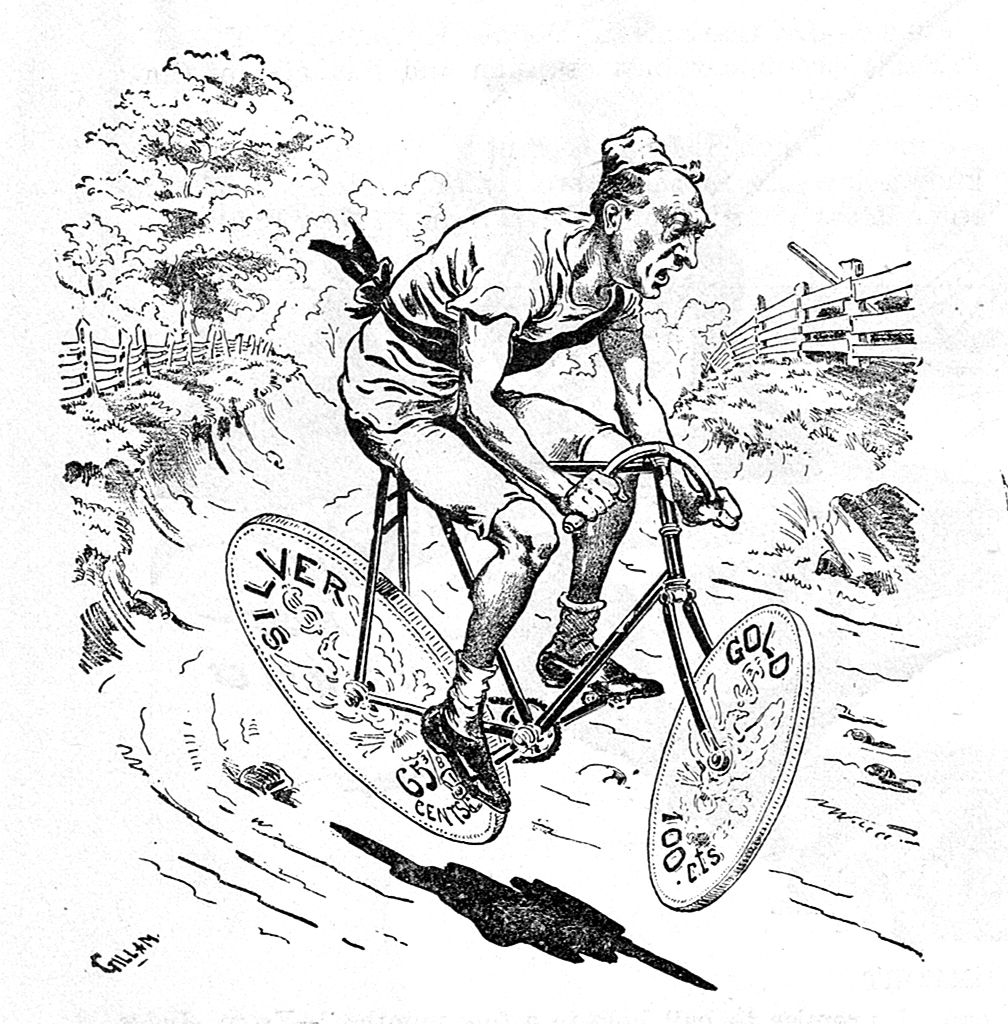Budgeting for First Time Bike Buyers [from BA 42-200]
"Bikes, replacement parts, locks, lights, and helmets cost money. Time, patience, and your willingness to learn how to build and work on your bike keeps these costs down."
by Rachael Spiewak Lualhati, Co-Founder, Sopo Bicycle Cooperative
People are turning to bikes as the wallet-saving solution that happens to be environmentally responsible and highly fashionable. But the actual cost of getting a bike you’ll love and use catches a lot of folks by surprise. If you’re a first time bike shopper, I’m here to ease you through your sticker shock.
At our community bike repair shop, we’re in the business of getting you on a bike for the least amount of money possible, and if you contribute some dollars to us, it goes towards advancing said intention. I can promise you that whatever monetary advice I give has everything to do with keeping you on a fabulous, safe, reliable, and comfortable bike.
Here’s the big picture:
Bikes, replacement parts, locks, lights, and helmets cost money. Time, patience, and your willingness to learn how to build and work on your bike keeps these costs down. Love of the bicycle keeps the cost of used and handmade things hovering in the “fair” range. Added cost often reflects better quality, added comfort, more safety, and increased ability work on your bike for yourself.
How to budget:
Start with the amount of money you think you’re comfortable spending.
Consider the number of car driving miles per month you’ll replace with biking miles. How much gas money will you save? How much automotive maintenance money will you save? Remember that every mile you drive brings you a little closer to your next oil change. Try using a commute calculator to figure out your savings, an example of which you’ll find on commutesolutions.com (go to: “How much is your commute?”).
Apply some of that savings to your bike budget.
Now, be prepared to:
Pay for what you really want. If you wish you had something else, you’ll resent your bike and potentially not ride it as much as you would have ridden your dream bike.
Keep your bike in good condition. Buying and getting a bike isn’t a one-time deal. Like cars, bikes require ongoing maintenance. Take care of your bike, and it will take care of you. These little investments guarantee you’ll get your money’s worth. Let’s say you neglect to pump up your tires regularly and you wind up with a pinch flat while you’re out and about, so you ride on your rim, and now you’ve got a trashed wheel to replace, not to mention a tube and possible tire to repair as well. That costs a lot more than keeping a pump at home or visiting your community bike repair shop to use one.
Invest in a quality lock. $50 for a lock is better than whatever it costs to replace your entire bike. Remember to lock your frame and a wheel to something secure.
Take the advice of your friendly community bike shop mechanic. Because our bottom line is a bikeable world rather than a profit, if we tell you you need a new part, it’s because you need a new part. We’ll direct you to a reputable retailer with competitive prices.
Tips for buying a bike:
Avoid department store brands. You’ll recognize those names from your youth. Very cheap bikes usually trap people into buying a new bike sooner, which makes the whole game more expensive for you in the long run.
Find out what size and style bike you’d like to have. Test ride everything at an ordinary bike shop. Go to your community bike shop to see a range of possibilities.
Don’t assume that piecing together a bike from used parts will be less expensive than buying a complete bike. Or don’t be surprised if when you build a bike from used parts, you may have to pay for a few new things, and those things may cost more than you’d expect.
If you are shopping for a used bike using classified ads or auctions, meet the seller at a bike shop and have an experienced mechanic look at it with you.
Don’t settle for any old thing! Get what you like, what feels good to ride, and what looks good on you!
The good news is:
Bikes are resalable.
Bike parts are often interchangeable. For example, if you find a great frame and you’d rather have a different style of handlebars on it, you can usually swap them out.
Bike frames are paintable.
This whole thing is fun, and it gets easier as you get into it, especially if you hang out at your community bike repair shop and meet other people working on their own bike projects.
Conclusion:
Acquire, customize, swap, trade, and give things away! It will all come back to you as you learn more and more about what’s out there and what makes you happy.

